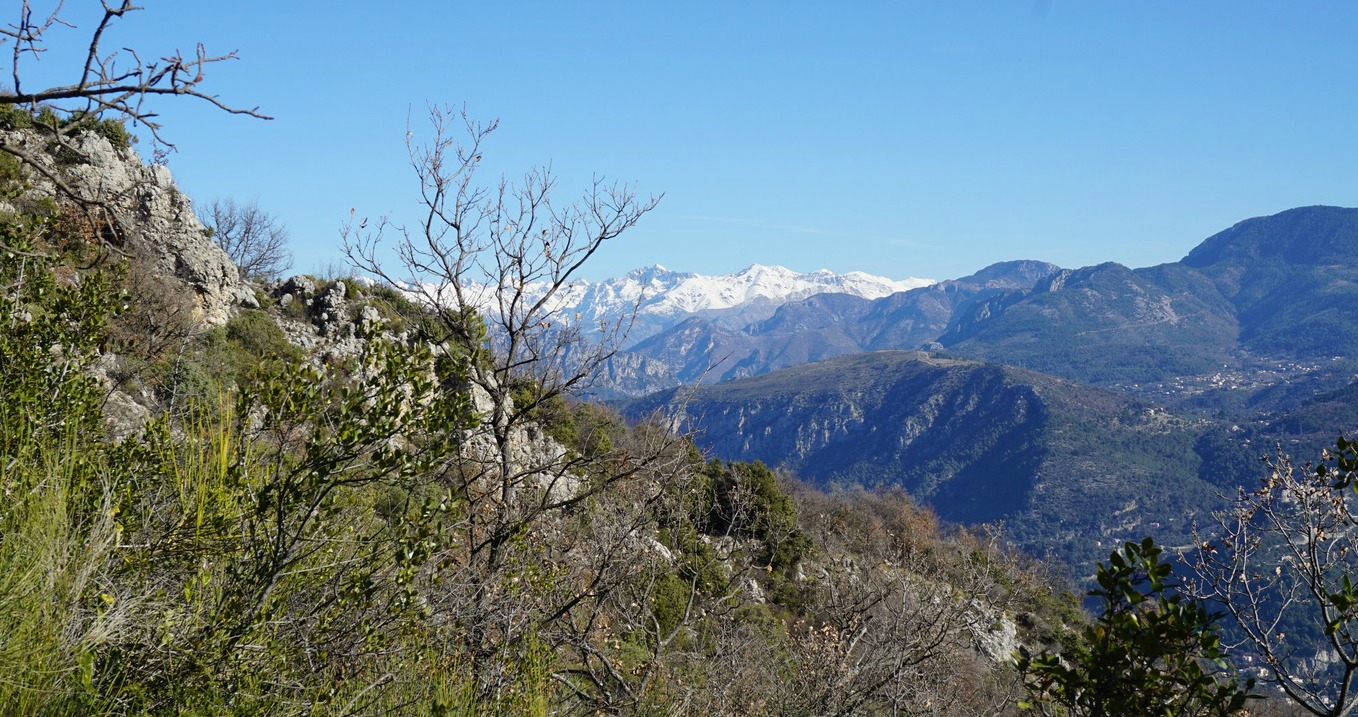Lauvet d'Ilonse
Lauvet d'Ilonse
A very narrow paved road that runs through the villages of Ilonse and Pierlas connects the Tinée and Cians River Valleys. The highest point, Col de la Sinne (1438 m) is the starting point of our hike to Lauvet d’Ilonse (1992 m). Situated deep in the Nice hinterland, Ilonse is one of the most sparsely populated communes in...




















